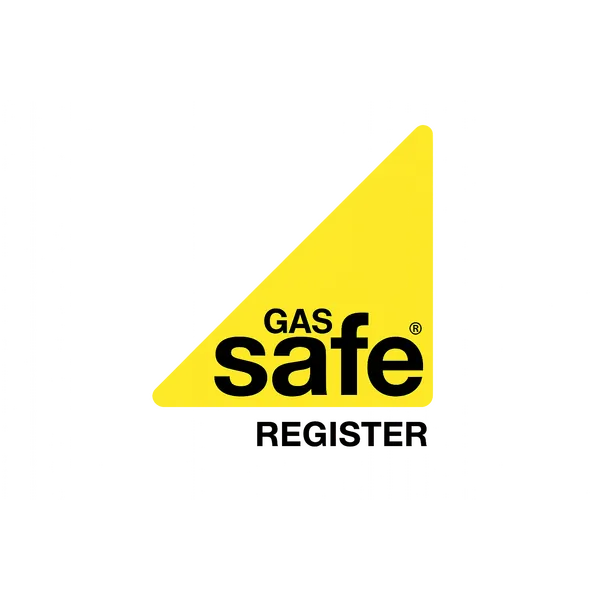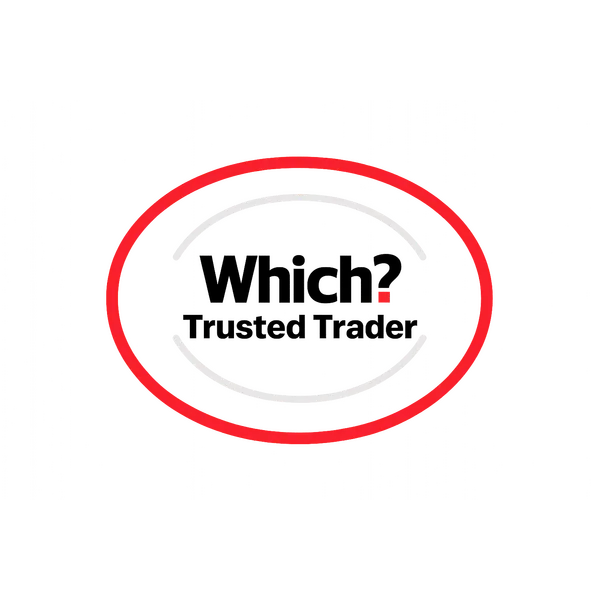Flat Roof Solar Panels: All You Need to Know
How is putting a solar system on a flat roof different to a slanted roof? Is your flat roof suitable and more questions answered in this guide.
Flat Roofs vs Pitched Roofs for Solar
The Key Differences
While pitched roofs have a natural angle for solar panels, flat roofs offer unique advantages:
- Flexible orientation: Panels can face any direction
- Optimal angle adjustment: Achieve perfect tilt regardless of roof
- Easier maintenance: Safe, level access for cleaning and repairs
- Hidden from street view: Better aesthetics for some properties
Performance Comparison
Properly installed flat roof systems can match or exceed pitched roof performance:
- Pitched roof: Limited by existing angle and orientation
- Flat roof: Optimised positioning possible
- Energy production: Often 5-10% better on flat roofs
- Year-round performance: Better winter production with optimal tilt
Installation Methods for Flat Roofs
Ballasted Systems
The most common approach for flat roofs:
- No roof penetration required
- Weighted mounting frames hold panels secure
- Quick installation with minimal disruption
- Easy to remove if needed
Fixed Mounting Systems
For permanent installations:
- Mechanically fixed to roof structure
- Lower profile than ballasted systems
- Suitable for high wind areas
- Requires roof penetration and sealing
East-West Configuration
Maximises roof space usage:
- Panels face east and west
- Lower wind resistance
- More panels per square metre
- Excellent all-day production
Is Your Flat Roof Suitable?
Structural Requirements
Your roof must support:
- Panel weight: 15-20kg per panel
- Mounting system: 10-15kg per panel
- Wind and snow loading: Variable by location
- Total additional load: Typically 15-20kg/m²
Roof Condition
Essential factors:
- Age of roof: Less than 10 years ideal
- Membrane type: EPDM, TPO, or felt suitable
- Water drainage: Must remain unobstructed
- Structural integrity: Professional survey recommended
Space Considerations
Flat roof installations need:
- Edge clearance: Minimum 500mm from all edges
- Panel spacing: To avoid shading between rows
- Access paths: For maintenance
- Equipment space: For inverters and cables
Planning and Regulations
Permitted Development
Most flat roof installations qualify if:
- Equipment doesn't exceed 1 metre above roof
- Installation is 1 metre from roof edge
- Panels removed when no longer needed
- Visual impact minimised
Building Regulations
Must comply with:
- Structural calculations: Proving load capacity
- Electrical safety: Part P compliance
- Weather resistance: Proper waterproofing
- Fire safety: Appropriate fire breaks
Advantages of Flat Roof Solar
Optimal Performance
- Set panels at perfect 30-35° angle
- Choose ideal orientation (usually south)
- Adjust for seasonal optimization
- Minimize shading issues
Installation Benefits
- Safer working conditions for installers
- No scaffolding usually required
- Faster installation process
- Lower installation costs
Maintenance Advantages
- Easy access for cleaning
- Simple visual inspections
- Safer repair work
- Snow clearing if necessary
Aesthetic Benefits
- Not visible from ground level
- No impact on building appearance
- Maintains property character
- Planning permission easier if required
Common Concerns Addressed
Wind Resistance
Modern systems are designed for:
- UK wind speeds up to 100mph
- Ballast calculations for your location
- Aerodynamic designs reducing uplift
- Professional engineering standards
Roof Damage
Properly installed systems:
- Don't penetrate waterproof membrane
- Distribute weight evenly
- Include protective layers
- Maintain warranties
Water Pooling
Good designs ensure:
- Drainage paths remain clear
- No damming effect from panels
- Existing falls still function
- Regular maintenance prevents issues
Cost Considerations
Installation Costs
Flat roof systems typically:
- Similar price to pitched installations
- No scaffolding saves £500-800
- Mounting systems add £200-400
- Overall cost: £5,000-£10,000 for average home
Long-term Value
Benefits include:
- Better performance offsetting any extra costs
- Lower maintenance expenses
- Longer system life with optimal angles
- Higher property value increase
Flat Roof Solar Myths Debunked
"They're Less Efficient"
Reality: Properly angled flat roof panels often outperform pitched roof installations
"They'll Blow Away"
Reality: Professional ballast calculations ensure complete stability
"They Damage the Roof"
Reality: Non-penetrating systems protect roof integrity
"They Look Unsightly"
Reality: Usually invisible from ground level
Technical Specifications
Typical Mounting Angles
- Summer optimized: 20-25°
- Year-round: 30-35°
- Winter optimized: 40-45°
- Adjustable systems: Variable angles
Row Spacing Calculations
To avoid inter-row shading:
- Rule of thumb: 3x row height
- Professional calculation recommended
- Varies by latitude and panel angle
- Software modeling for accuracy
Commercial vs Residential
Commercial Advantages
- Larger roof areas
- Economics of scale
- Often newer, stronger roofs
- Better returns on investment
Residential Considerations
- Smaller systems more challenging
- Aesthetic concerns less critical
- DIY maintenance possible
- Excellent returns still achievable
Choosing an Installer
Essential Qualifications
- MCS certification mandatory
- Flat roof experience crucial
- Structural assessments capability
- Insurance coverage for roof work
Questions to Ask
- How many flat roof installations completed?
- What mounting system do you recommend?
- Can you provide structural calculations?
- What warranties do you offer?
Future Innovations
Emerging Technologies
- Integrated PV membranes
- Ultra-lightweight panels
- Smart tracking systems
- Building-integrated designs
Market Trends
- Increasing flat roof adoption
- Better mounting solutions
- Improved aesthetics
- Cost reductions continuing
Maintenance Guidelines
Regular Checks
- Visual inspection: Quarterly
- Cleaning: Annually or as needed
- Electrical testing: Every 2 years
- Mounting security: After storms
Professional Service
- Annual professional inspection
- Thermal imaging checks
- Torque checking of fixings
- Performance verification
Case Studies
Residential Success
Many UK homes benefit from flat roof solar:
- 1960s flat-roof extensions
- Modern architectural homes
- Garage and outbuilding roofs
- Mixed pitched/flat properties
Typical Results
- 4kW systems generating 3,600-4,000 kWh annually
- 25-30% better winter production than pitched
- Payback periods of 6-8 years
- Minimal maintenance required
Conclusion
Flat roof solar panels offer an excellent opportunity for UK property owners. With proper design and installation, they can outperform traditional pitched roof systems while maintaining building aesthetics. The key is working with experienced installers who understand the unique requirements of flat roof installations.
CRG Direct specialises in flat roof solar installations, providing comprehensive structural assessments, optimal system design, and professional installation. Contact us today to discover how your flat roof could become your greatest energy asset.















